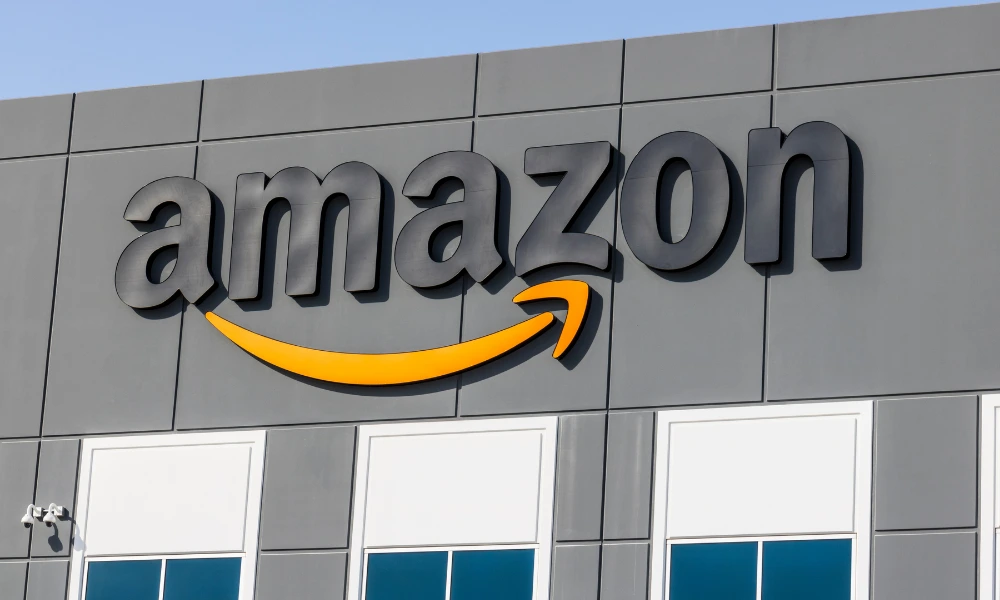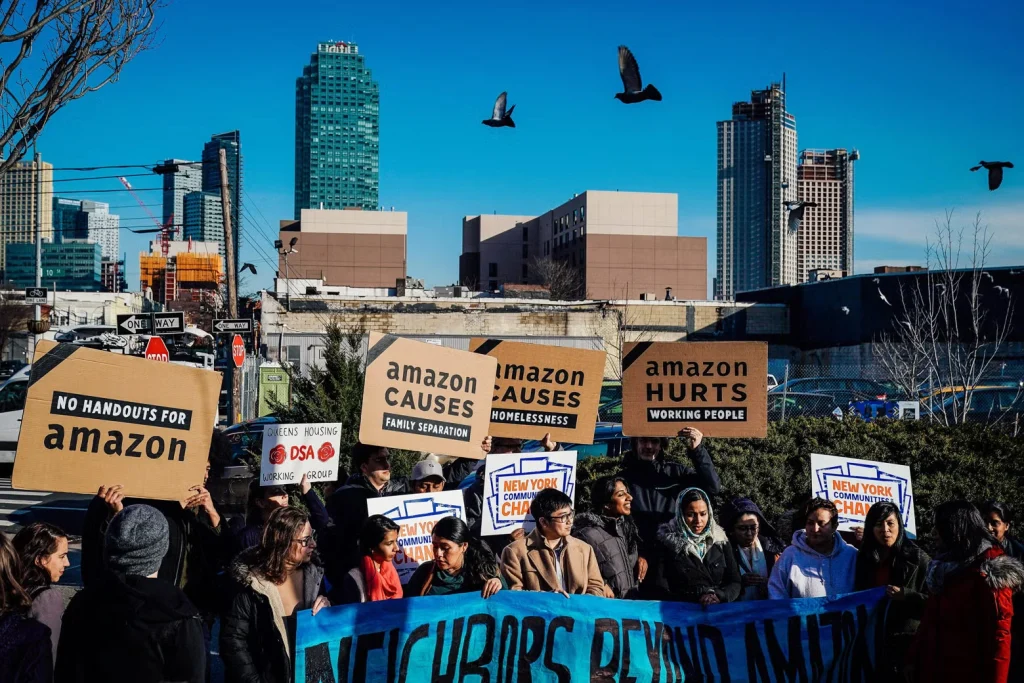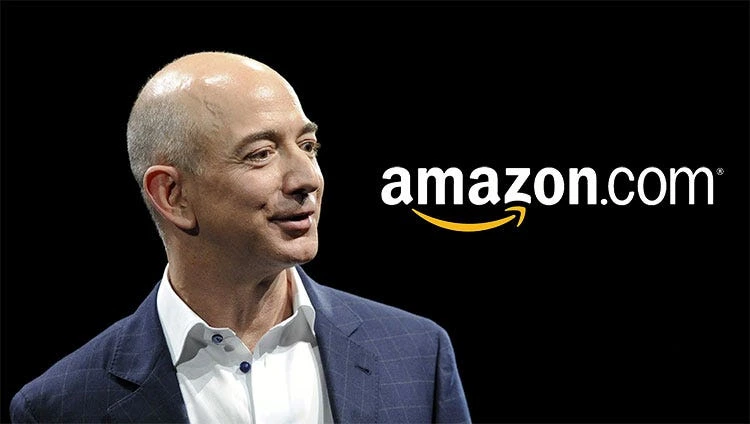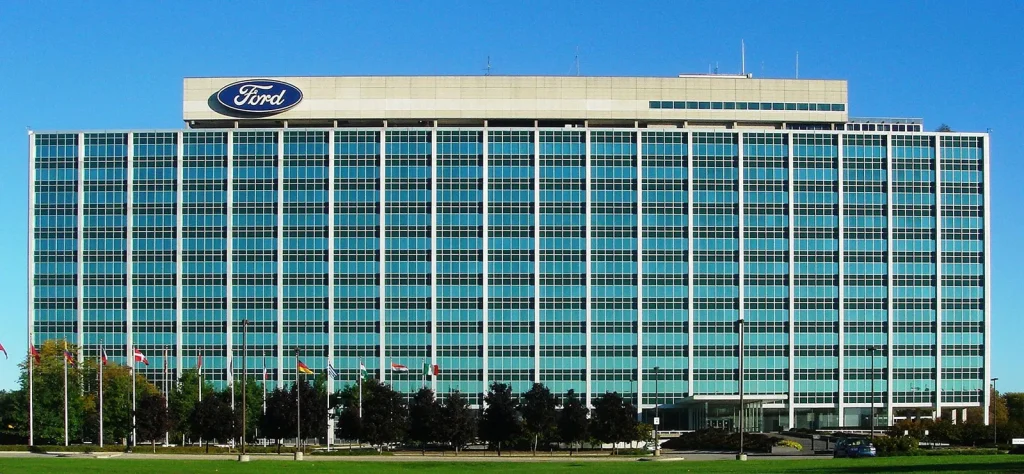
Amazon’s journey from a modest online bookstore to a global e-commerce powerhouse is nothing short of remarkable. Its rise to dominance has reshaped industries, altered consumer behaviours, and revolutionised the way business is conducted worldwide. But as Amazon continues to expand, questions arise: How ruthless is Amazon, really?
In this detailed article, we will explore Amazon’s ruthless rise to dominance, the strategies it employed, the controversies it faced, and how its business practices shape the modern world of commerce. From its cutthroat competitive strategies to its labour practices, we dive deep into the mechanics of Amazon’s empire, unmasking the company’s seemingly unrelenting march toward global supremacy.
The Birth of a Giant: Amazon’s Humble Beginnings
Before becoming the behemoth it is today, Amazon started in 1994 as a humble online bookstore. Founded by Jeff Bezos, the company’s original mission was simple: to leverage the internet to make books more accessible to people around the world. Bezos’s vision, however, extended far beyond books. He recognised early on that the internet could change the retail landscape forever.
Amazon’s strategy for growth was deeply rooted in Bezos’s philosophy of long-term planning. While other companies focused on immediate profits, Bezos took a different approach, choosing to reinvest every dollar back into Amazon’s growth. This allowed Amazon to offer an ever-expanding catalogue of products, from books to electronics, fashion, groceries, and much more.
Amazon Prime is a paid subscription service offered by Amazon that provides a wide range of benefits across various Amazon services. Launched in 2005, it started primarily as a way to offer free two-day shipping to members. Over the years, it has expanded to include many other features, making it a comprehensive subscription for shopping, entertainment, and more.
The Ruthless Business Model: Key to Amazon’s Success
What sets Amazon apart from its competitors is its ability to innovate and dominate by utilising a ruthlessly efficient business model. The company’s competitive tactics have been the subject of much debate. Let’s break down the key elements of Amazon’s ruthless success.
1. Aggressive Pricing Strategy
Amazon has mastered the art of competitive pricing. From the outset, it undercut competitors on book prices, building a loyal customer base. This pricing model has expanded to include almost every product category, often offering products at lower prices than traditional brick-and-mortar stores or other online retailers.
By implementing loss-leader strategies, Amazon can afford to sell at low prices in the short term, with the understanding that customer loyalty will ultimately pay off. This strategy has enabled Amazon to put immense pressure on competitors, especially smaller, less financially robust retailers.
2. Relentless Expansion into New Markets
Bezos’s aggressive expansion strategy has played a significant role in Amazon’s rise. The company has never hesitated to enter new markets, even when it faced significant competition. Whether it’s cloud computing through Amazon Web Services (AWS), entertainment through Amazon Prime Video, or groceries through the acquisition of Whole Foods, Amazon relentlessly diversifies.
This diversification is not just a way to expand revenue streams; it is also a tactical move to outcompete rivals by controlling entire industries. Amazon’s entrance into cloud computing with AWS, for example, has effectively revolutionised the tech sector, leading to Amazon’s dominance in this field.

3. Data-Driven Decisions
Amazon is known for its data-centric approach to decision-making. The company uses data from its vast marketplace to inform everything from product offerings to delivery logistics. Amazon tracks everything its customers do, allowing it to personalise recommendations, optimise pricing, and predict trends before they happen.
This wealth of data also allows Amazon to identify inefficiencies in its operations, streamline its supply chain, and undercut competitors. It’s a strategy that has helped Amazon dominate both the online retail market and the cloud computing sector, outpacing rivals by constantly improving its systems.
4. Efficient Fulfilment and Logistics Network
One of the keys to Amazon’s dominance is its ability to deliver products faster than nearly every other retailer. The company has invested billions in building a state-of-the-art logistics network that includes warehouses, drones, and even its own delivery fleet.
With over 175 fulfilment centres worldwide and advanced technology such as Kiva robots, Amazon can ship products to customers in record time. The company’s investment in this logistics infrastructure has allowed it to create a highly efficient supply chain that competitors can’t easily replicate.

The Controversial Side of Amazon’s Rise
While Amazon’s success is undeniable, its methods have raised eyebrows and sparked controversy. Many argue that Amazon’s ruthless business practices often come at the expense of workers, small businesses, and even the environment. Let’s examine some of the more contentious aspects of Amazon’s rise.
1. Amazon’s Impact on Small Businesses
As Amazon grew, it increasingly put pressure on small businesses, especially those in the retail sector. Traditional brick-and-mortar stores have struggled to compete with Amazon’s low prices and fast delivery times. Many small retailers have gone out of business, unable to keep up with Amazon’s vast product range and logistical efficiency.
Furthermore, Amazon’s marketplace allows third-party sellers to list products, but the company is also known to compete directly with these sellers by offering its own Amazon-branded products at lower prices. This has led to claims of anti-competitive behaviour, with some arguing that Amazon uses its marketplace to undercut independent sellers and create a monopoly.
2. Labour Practices: The Dark Side of Amazon’s Warehouse Empire
One of the most controversial aspects of Amazon’s rise is its labour practices. Reports of grueling working conditions in Amazon’s fulfilment centres have surfaced over the years. Employees have complained of long hours, unrealistic productivity targets, and inadequate breaks. Some even report that they are under constant surveillance through tracking devices to ensure they meet performance expectations.
Amazon has faced multiple lawsuits and protests from workers and unions who allege unfair treatment. While Amazon has responded by raising its minimum wage and improving benefits for some workers, critics argue that the company’s overall treatment of its workforce remains ruthless.
3. Environmental Concerns and Sustainability Issues
As Amazon’s fulfilment centres and data centres expand, so does its environmental impact. The company’s reliance on massive warehouses and a growing fleet of delivery vehicles has contributed to an increase in carbon emissions.
Although Amazon has made efforts to address its environmental impact by pledging to reach net-zero carbon by 2040 and investing in renewable energy, many believe the company is still far from achieving its sustainability goals. Critics argue that Amazon’s rapid expansion comes at the expense of the planet, with its packaging waste, carbon footprint, and high energy consumption under scrutiny.

How Amazon’s Ruthless Strategies Have Shaped the E-Commerce Landscape
Amazon’s rise has not just impacted its competitors; it has reshaped the entire e-commerce landscape. Here’s a look at how Amazon’s ruthless strategies have transformed the way we shop, do business, and interact with technology.
1. E-Commerce Innovation and User Experience
Amazon set the gold standard for e-commerce websites. Its user-friendly interface, fast checkout process, and recommendation algorithms have become benchmarks for other online retailers. In fact, many online stores now follow Amazon’s model, mimicking its seamless shopping experience, easy navigation, and one-click purchases.
Amazon also revolutionised customer service with its no-questions-asked return policy, ensuring customer satisfaction at all costs. This level of service has created consumer expectations that many businesses struggle to meet, further cementing Amazon’s reputation for reliability.
2. Prime Membership and Loyalty Programs
Amazon’s Prime membership is one of the most successful loyalty programs in history. For a yearly fee, members gain access to free two-day shipping, streaming services, and exclusive deals. This has encouraged customers to stay within the Amazon ecosystem, creating a dedicated base of loyal consumers who are less likely to shop elsewhere.
The success of Amazon Prime has also led other retailers to launch their own loyalty programs, intensifying competition in the retail space. Amazon, however, remains the gold standard, with over 200 million Prime members globally.
3. Amazon Web Services: A Cloud Computing Powerhouse
While Amazon is most famous for its e-commerce empire, its cloud computing division, Amazon Web Services (AWS), has become a major revenue generator. AWS provides businesses with cloud storage, computing power, and other IT services, making it a vital component of modern business infrastructure.
AWS is not just a money-maker for Amazon—it’s a game-changer in the tech world. Its dominance in the cloud computing space has allowed Amazon to become one of the largest technology companies in the world. AWS’s success has set the stage for the growth of the cloud industry and changed the way businesses operate on the internet.

How Amazon’s Ruthlessness Is Changing the Future of Business
As Amazon continues to grow, it will undoubtedly face more challenges and controversies. However, its rise has left an indelible mark on the business world. Amazon has set new standards for speed, efficiency, and customer service that other companies must now meet.
The company’s relentless pursuit of market share has forced competitors to adopt new technologies, improve logistics, and rethink their business models. Amazon’s aggressive pricing, massive scale, and innovative technologies have reshaped global commerce, setting the tone for the future of retail.
But how much longer can Amazon continue to expand at this breakneck pace? Will its ruthless approach lead to a monopolistic stranglehold on the global economy? Or will the company eventually face backlash that forces it to reconsider its practices?
Only time will tell.

Conclusion: The Price of Power
Amazon’s rise has been nothing short of ruthless. It has redefined the way we shop, how businesses operate, and how technology influences the global marketplace. But this success has come at a cost. Small businesses have been squeezed, workers have faced grueling conditions, and environmental concerns continue to grow.
So, how ruthless is Amazon, really? In the world of business, success often comes at the expense of competition, innovation, and the environment. Amazon’s journey exemplifies this harsh reality. It is a company that has won by any means necessary, building an empire that is as awe-inspiring as it is controversial.
As Amazon continues to evolve, its future may depend on how well it can balance its ruthlessness with responsibility. Will it continue to dominate the world stage, or will it be forced to change its ways in the face of public pressure?
One thing is for certain: Amazon’s impact on the world will be felt for generations to come.

FAQs
1. How did Amazon become so successful?
Amazon became successful through aggressive pricing, relentless expansion into new markets, data-driven decision-making, and a massive logistics network that ensures fast delivery times.
2. What is Amazon’s business model?
Amazon’s business model is centred around e-commerce, cloud computing (AWS), and a range of other services like entertainment (Prime Video). It uses competitive pricing and data analytics to outcompete rivals.
3. What are the controversies surrounding Amazon’s business practices?
Amazon has been criticised for its impact on small businesses, poor labour conditions in warehouses, and its environmental footprint. It has faced lawsuits and protests over these issues.
4. What is Amazon Web Services (AWS)?
AWS is Amazon’s cloud computing division, providing businesses with storage, computing power, and other IT services. It is one of the most profitable parts of Amazon’s business.
5. How has Amazon influenced the e-commerce industry?
Amazon set the standard for user experience, fast delivery, and customer service in e-commerce. Its business model has forced competitors to improve their own systems, driving innovation in the retail sector.


